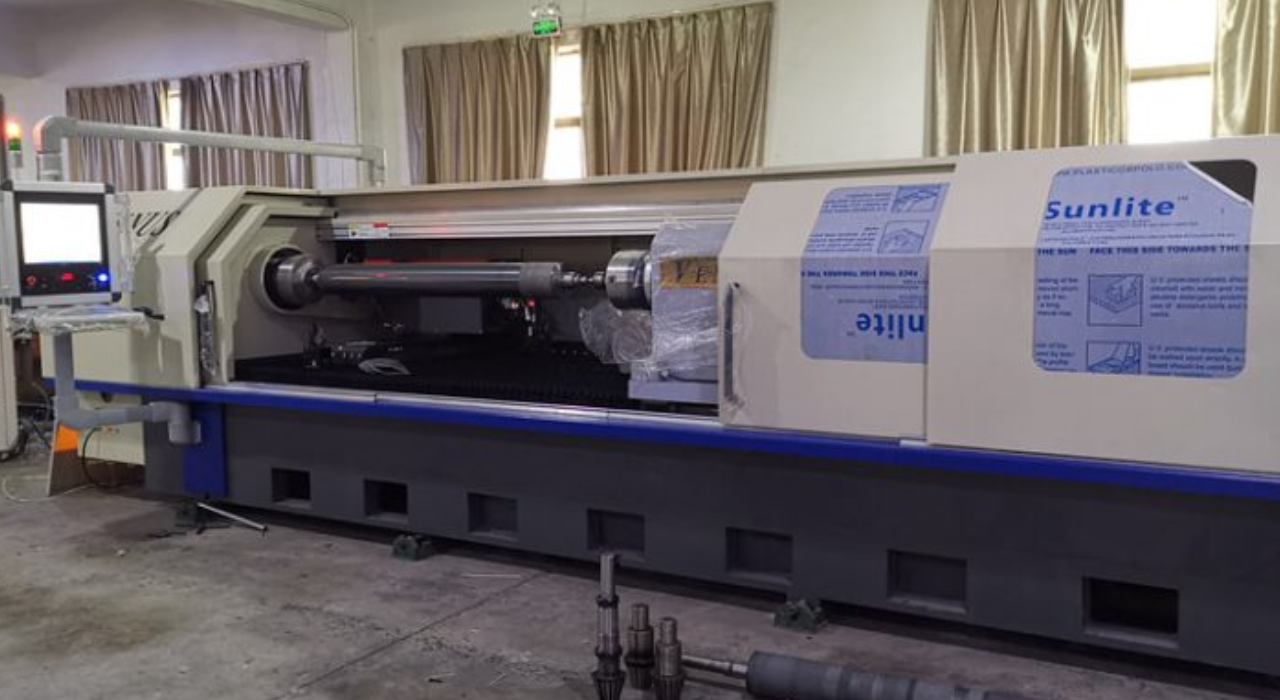In manufacturing, laser engraving machines are fundamental for adding serial numbers, barcodes, and emblems to products with excessive accuracy and consistency. Industries, including automobiles, utilize laser engraving for component identification and traceability, enhancing excellent control and supply chain control. Moreover, laser engraving machines are hired within the electronics enterprise for marking PCBs and additives, aiding in product identity and meeting methods.
The flexibility of the laser engraving era continues to amplify, with improvements in multi-material engraving and integration with CAD/CAM software improving its capabilities throughout industries. For more information, click here. Overall, the tremendous use of laser engraving machines drives innovation and performance in modern-day manufacturing and innovative packages alike.
Recommendations to Troubleshoot Common Issues with Laser Engraving Machines
Laser engraving machines are state-of-the-art gear used for particular marking and reducing throughout diverse materials. Like all technology, they could come upon problems that affect performance and productivity. Expertise a troubleshooting common issues is important for minimizing downtime and retaining operational performance. In this detail, we discover the typical issues that stand up with laser engraving machines and provide troubleshooting steps to solve them correctly.
Alignment and Calibration problems
Alignment and calibration troubles in laser engraving machines can cause inaccuracies in slicing and engraving. To troubleshoot, take a look at the beam alignment, use calibration gear, and investigate mirrors and lenses for cleanliness or harm. Make certain the worktable is staged and set the suitable focal duration for the material being processed. Ordinary calibration maintenance facilitates holding precision and guarantees the regular overall performance of the laser engraving gadget.
Power and Energy Problems
Power and electricity issues in laser engraving machines can result in inconsistent engraving consequences or insufficient cutting competencies. To troubleshoot, and modify power and pace settings in line with material requirements. Monitor the stability of the power supply and ensure the cooling machine is functioning nicely to preserve the most useful laser tube’s overall performance. Frequently checking and preserving those additives saves you energy-related problems and ensures the reliable operation of the laser engraving machine.
Material Compatibility and Settings
Material compatibility and settings are crucial for attaining desired engraving outcomes with laser machines. Troubleshoot via reviewing producer recommendations for endorsed settings based on fabric residences together with hardness and color. Conduct test runs on scrap material to optimize settings for the very last product. Alter parameters like power, pace, and frequency to suit unique material traits. Knowledge and satisfactory tuning of these settings make sure regular and exquisite engraving effects across special sorts of materials.
Software and Interface issues
Software and interface problems can disrupt laser engraving operations. Troubleshoot by ensuring the engraving software program is up-to-date with the brand-new model and well-matched with design record formats. Restart each laser device and connect the computer to remedy connectivity problems. Check for software conflicts or crashes and address them using troubleshooting software program settings or reinstalling the software if necessary. Proper software program upkeep ensures easy operation and efficient conversation between design and engraving procedures.
Mechanical and Hardware Faults
Mechanical and hardware faults can affect laser engraving’s overall performance. Troubleshoot by analyzing additives like belts, pulleys, and the gantry for wear or misalignment. Lubricate moving parts to ensure smooth operation and carry out calibration strategies in line with manufacturer hints to correct any misalignment problems. Deal with mechanical failures right away by replacing worn parts and carrying out normal maintenance to prevent further trouble and maintain the reliability and durability of the laser engraving machine.
Conclusion
A methodical approach that incorporates technical comprehension, diagnostic skills, and adherence to safety protocols is required for common issues with laser engraving machines. Operators can maintain the most efficient performance and extend the lifespan of their devices by utilizing the appropriate troubleshooting procedures and understanding the underlying causes of issues. With these measures in place, businesses can reduce downtime, maximize productivity, and reap the constant, exceptional effects of their engraving packages.
